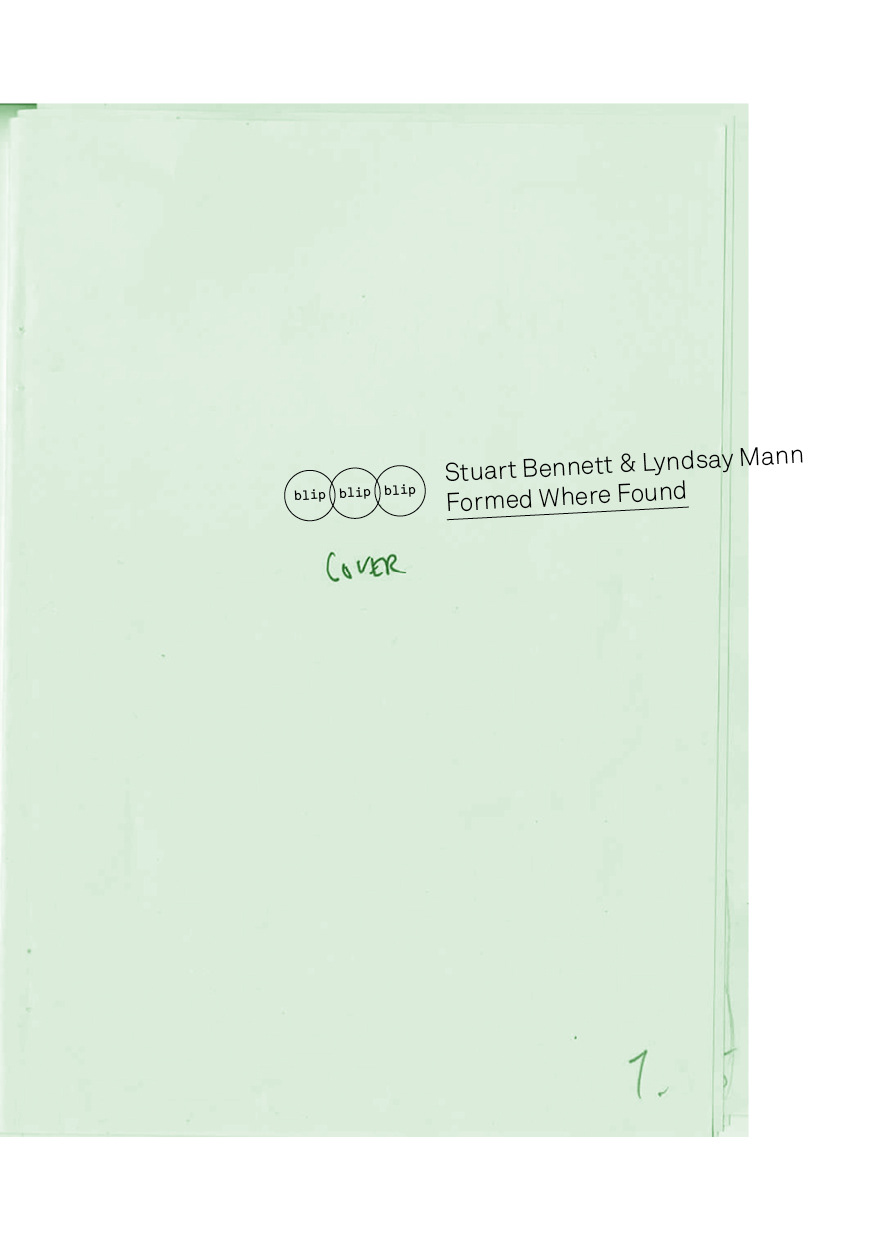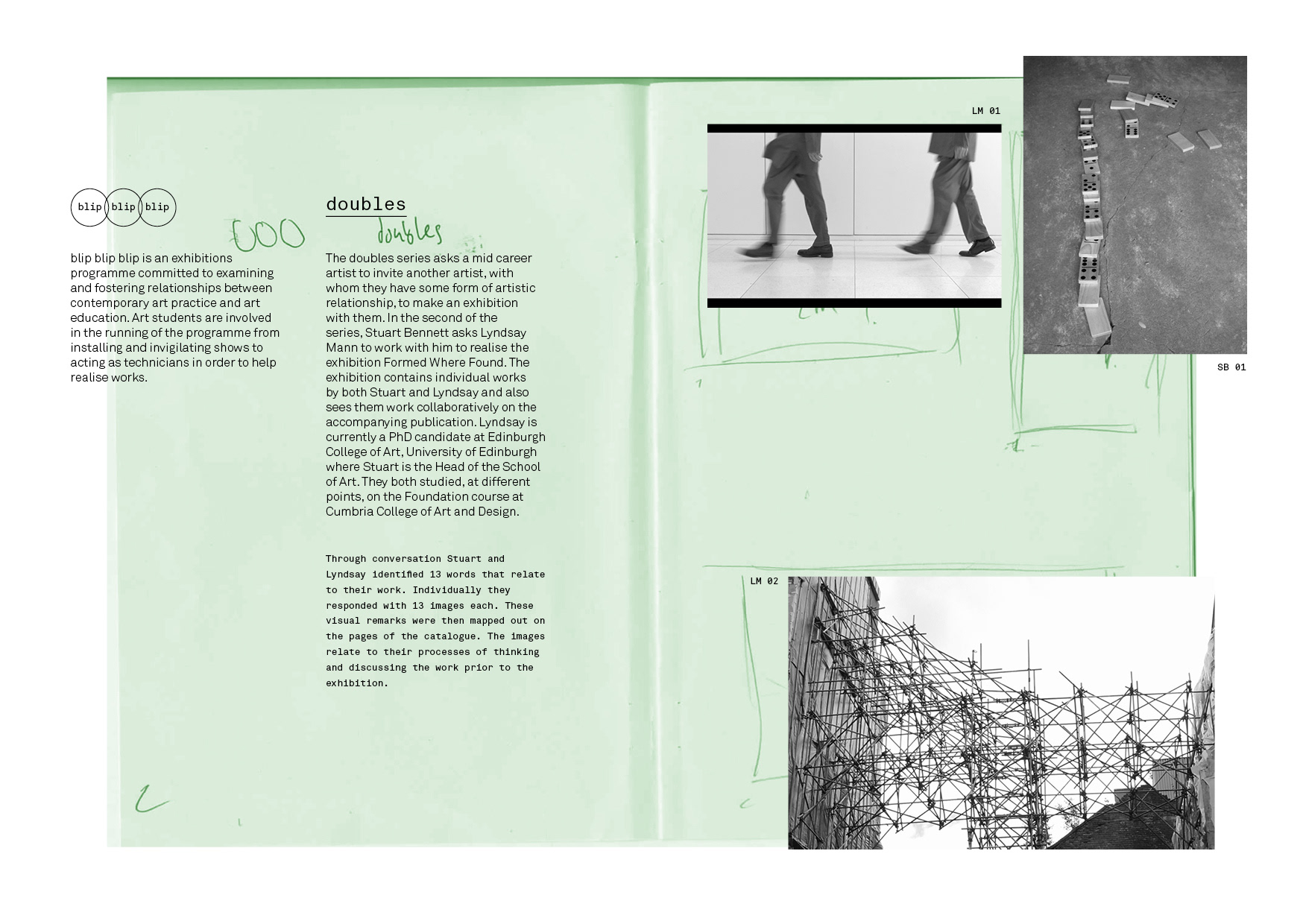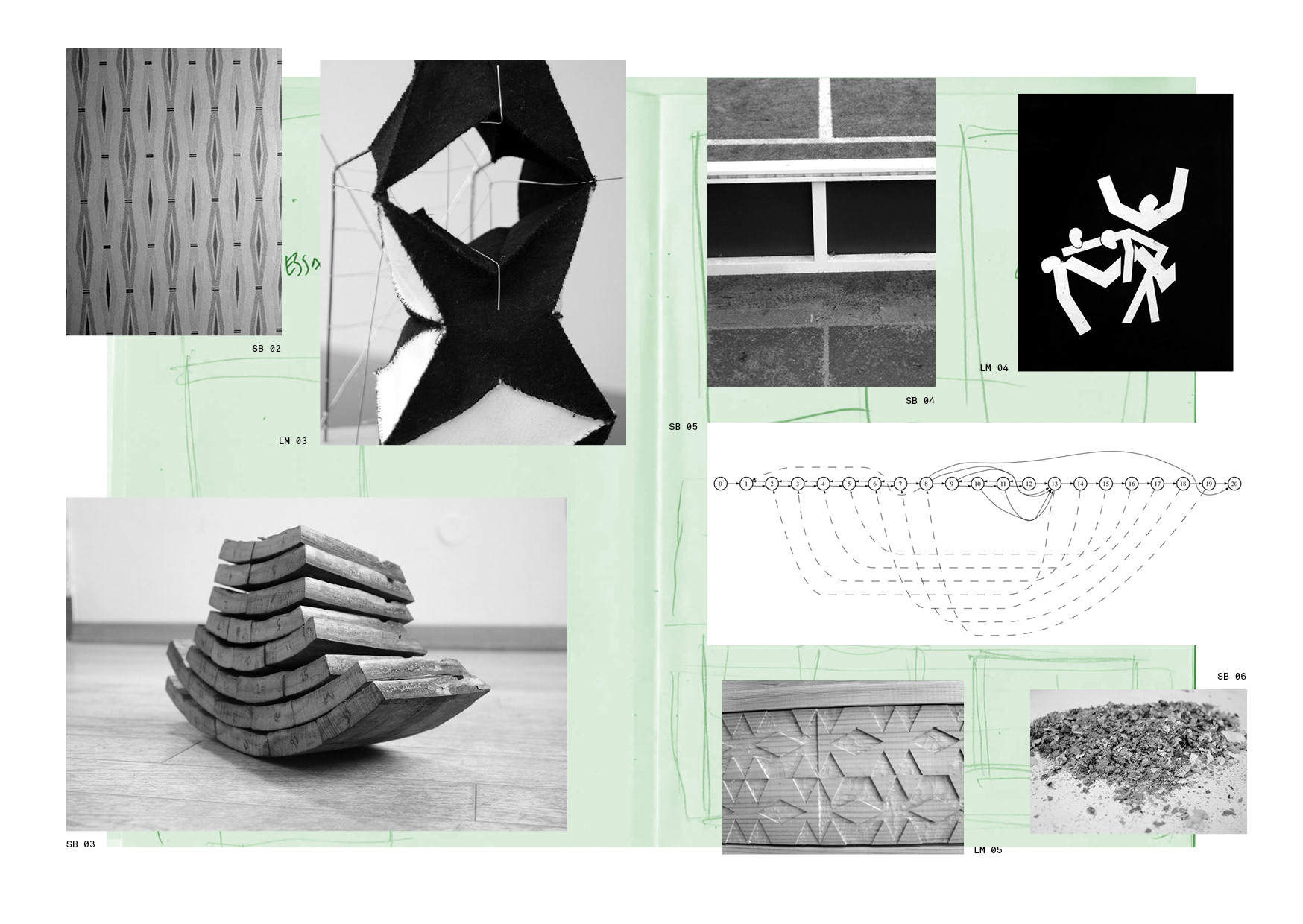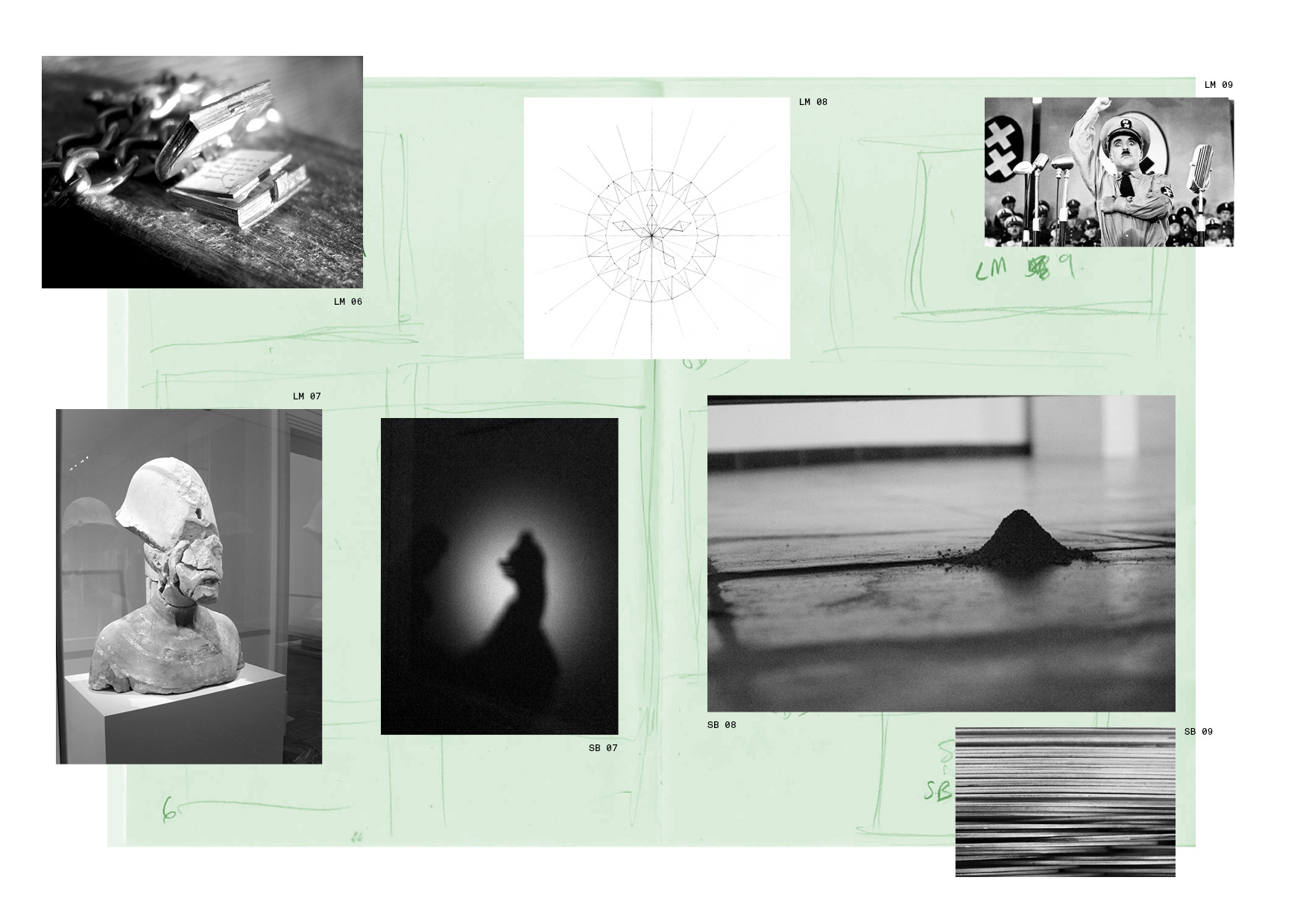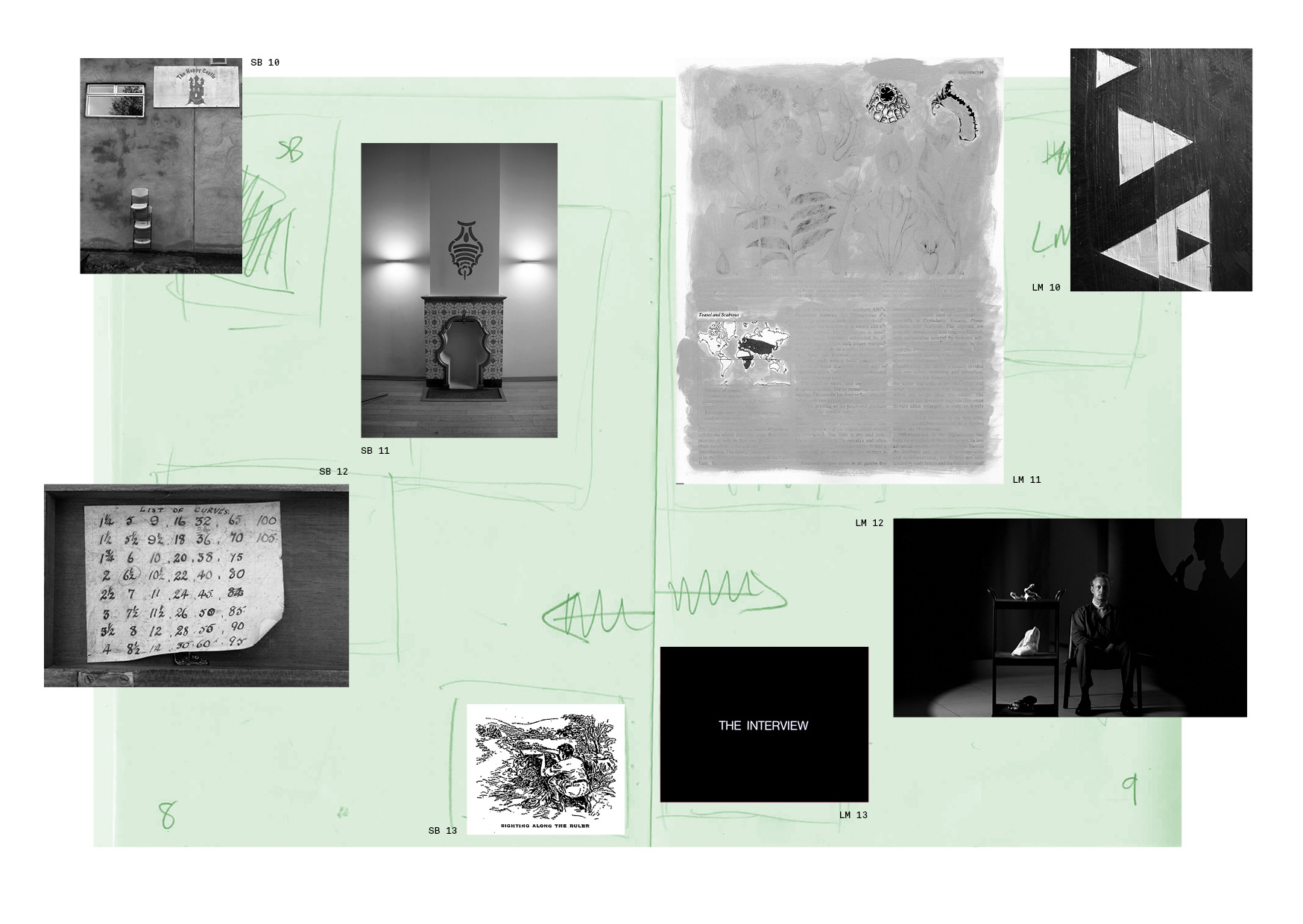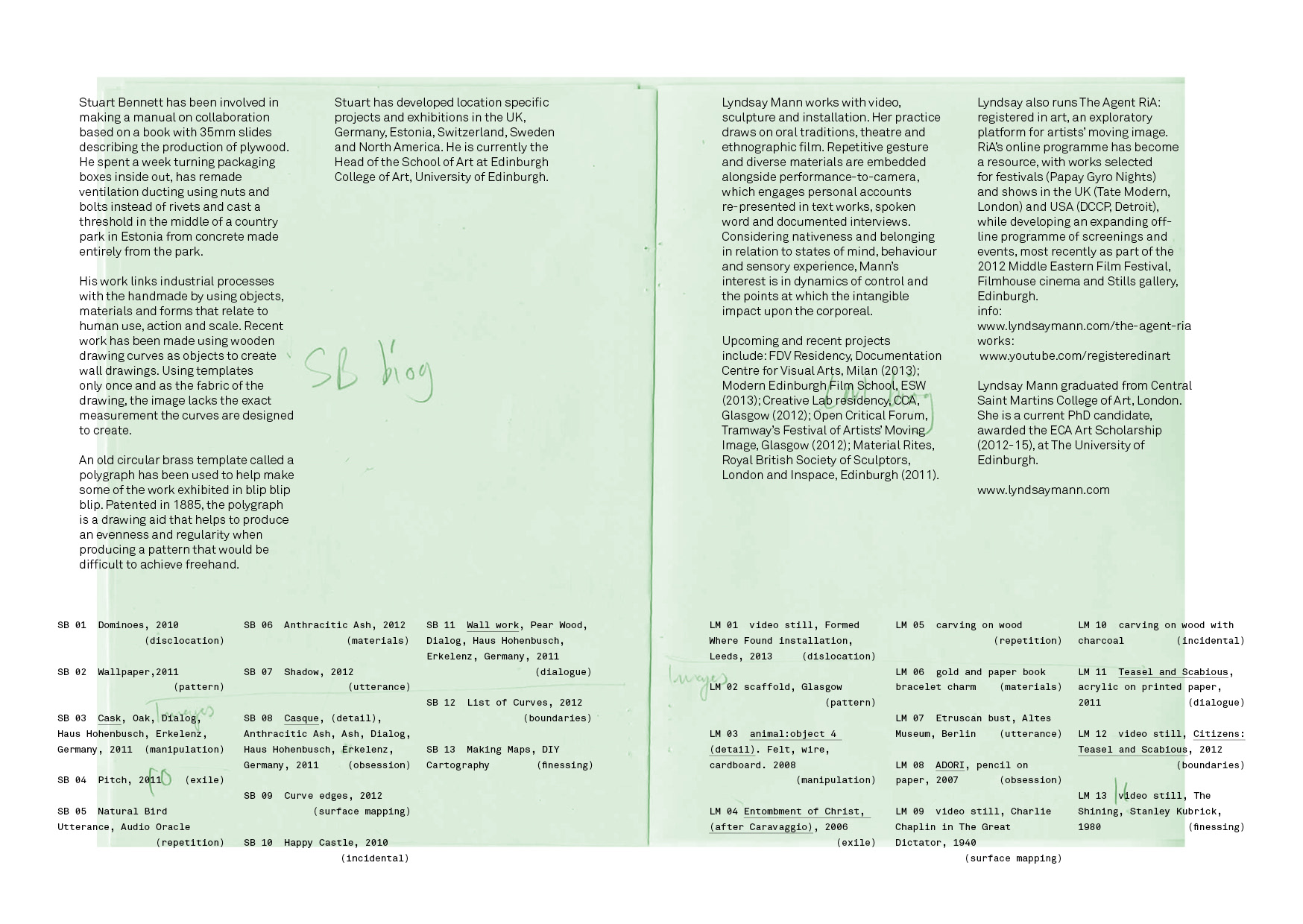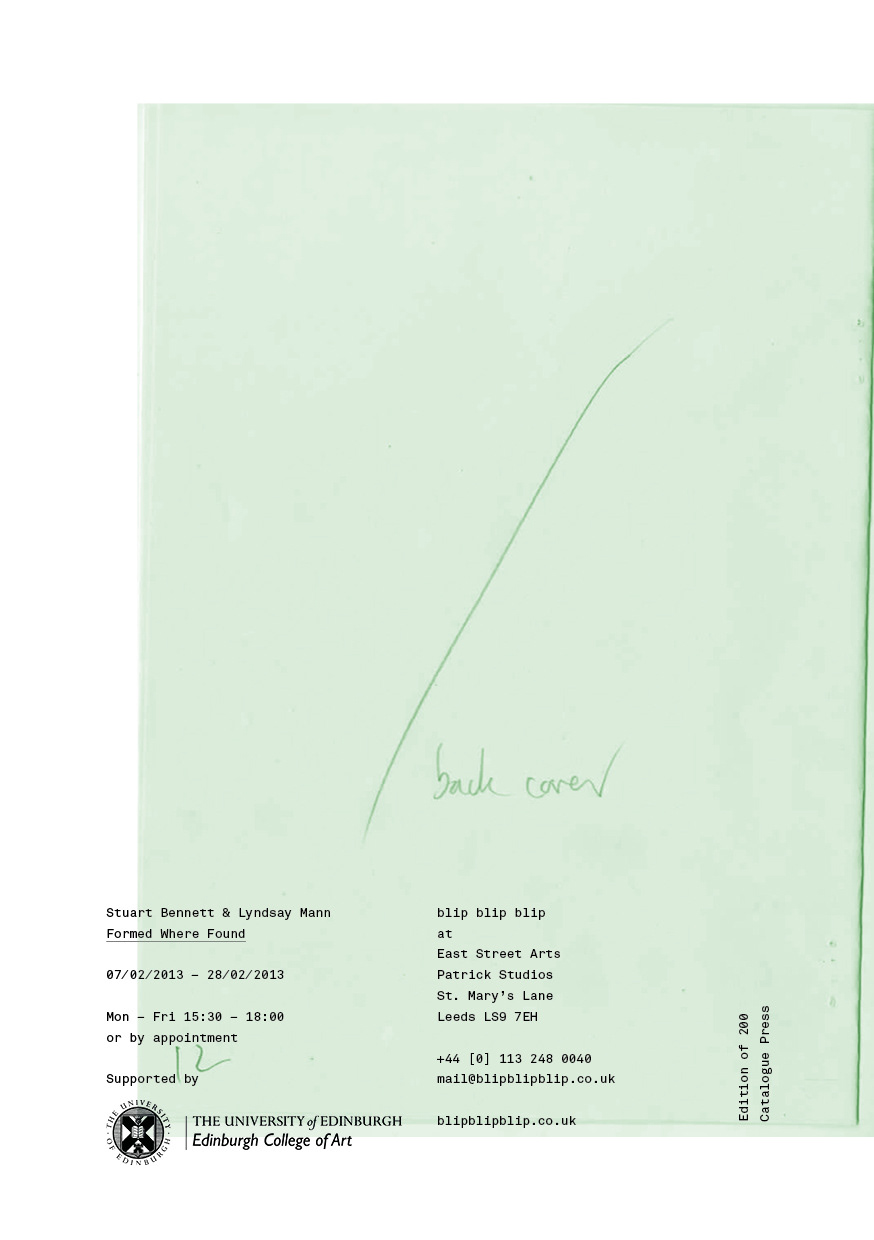The doubles series asks a mid career artist to invite another artist, with whom they have some form of artistic relationship, to make an exhibition with them. In the second of the series, Stuart Bennett asks Lyndsay Mann to work with him to realise the exhibition Formed Where Found. The exhibition contains individual works by both Stuart and Lyndsay and also sees them work collaboratively on the accompanying publication. Lyndsay is currently a PhD candidate at Edinburgh College of Art, University of Edinburgh where Stuart is the Head of the School of Art.
Stuart Bennett has been involved in making a manual on collaboration based on a book with 35mm slides describing the production of plywood. He spent a week turning packaging boxes inside out, has remade ventilation ducting using nuts and bolts instead of rivets and cast a threshold in the middle of a country park in Estonia from concrete made entirely from the park.
His work links industrial processes with the handmade by using objects, materials and forms that relate to human use, action and scale. Recent work has been made using wooden drawing curves as objects to create wall drawings. Using templates only once and as the fabric of the drawing, the image lacks the exact measurement the curves are designed to create.
An old circular brass template called a polygraph has been used to help make some of the work exhibited in blip blip blip. Patented in 1885, the polygraph is a drawing aid that helps to produce an evenness and regularity when producing a pattern that would be difficult to achieve freehand.
For Formed Where Found Lyndsay Mann will be installing a de-ssembled version of her latest video project Citizens: Teasel and Scabious, employing re-edited and un-used footage from the film, printed script and rhythmic sound to focus on the elements of work, repetition and the absurd.
Lyndsay Mann works with video, sculpture and installation. Her practice draws on oral traditions, theatre and ethnographic film. Repetitive gesture and diverse materials are embedded alongside performance-to-camera, which engages personal accounts re-presented in text works, spoken word and documented interviews. Considering nativeness and belonging in relation to states of mind, behaviour and sensory experience, Mann's interest is in dynamics of control and the points at which the intangible impact upon the corporeal.
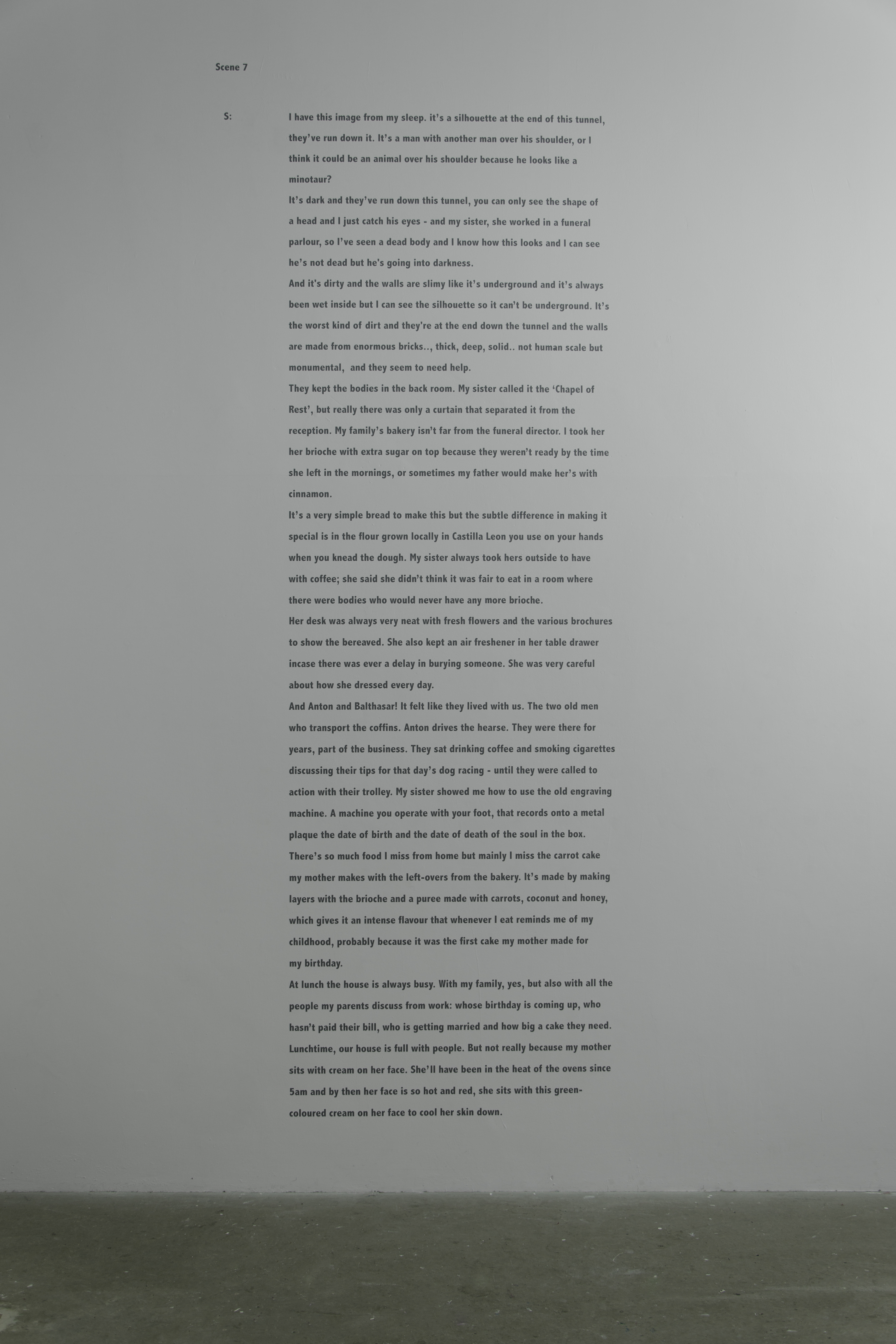
Teasel and Scabious at work, February; Lyndsay Mann, 2013; projections, monitor with sound, vinyl text, silkscreen on cartridge paper; dimensions variable
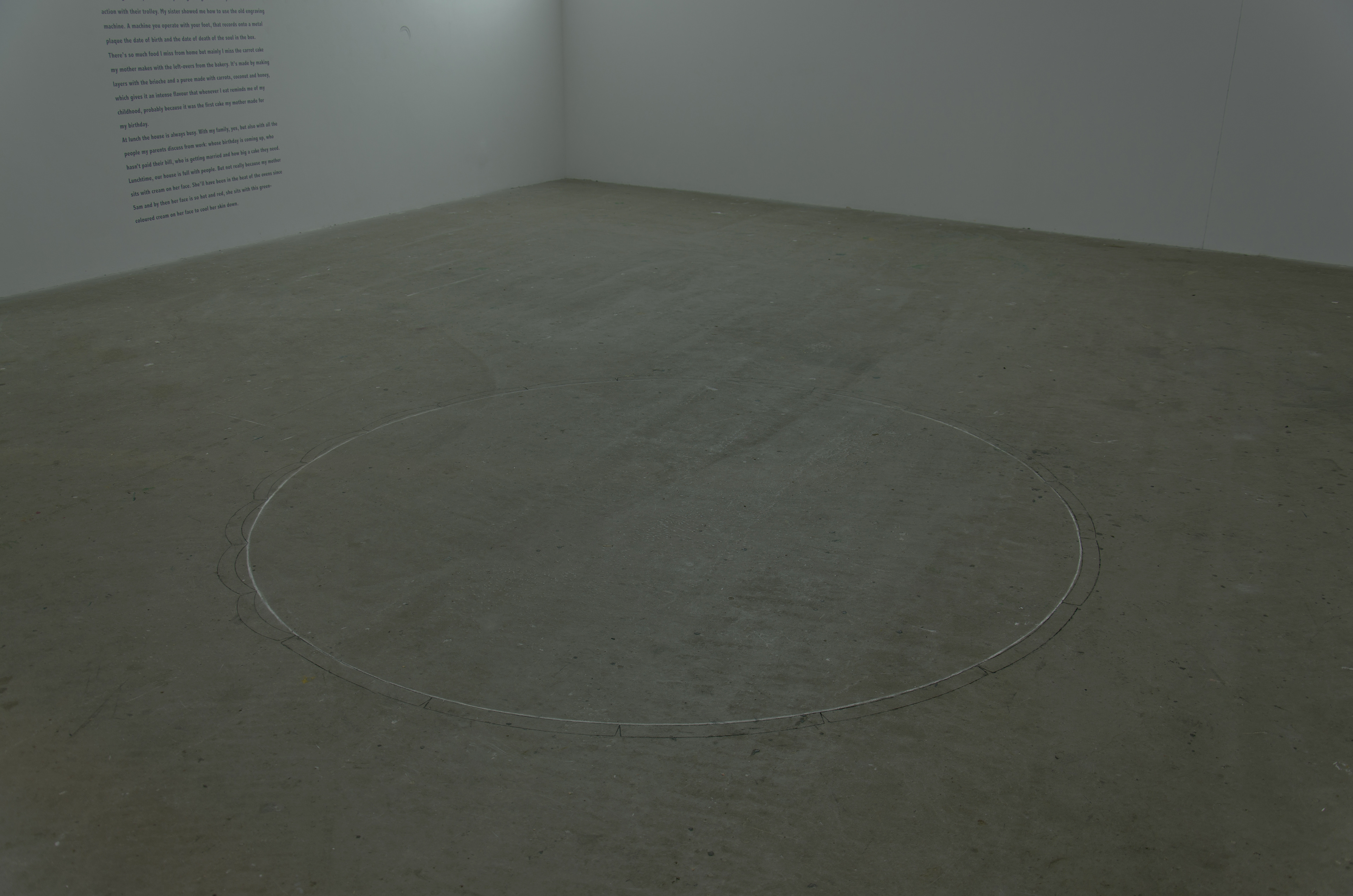
Outline; Stuart Bennett, 2013; white pencil, black pencil; 231 × 231cm
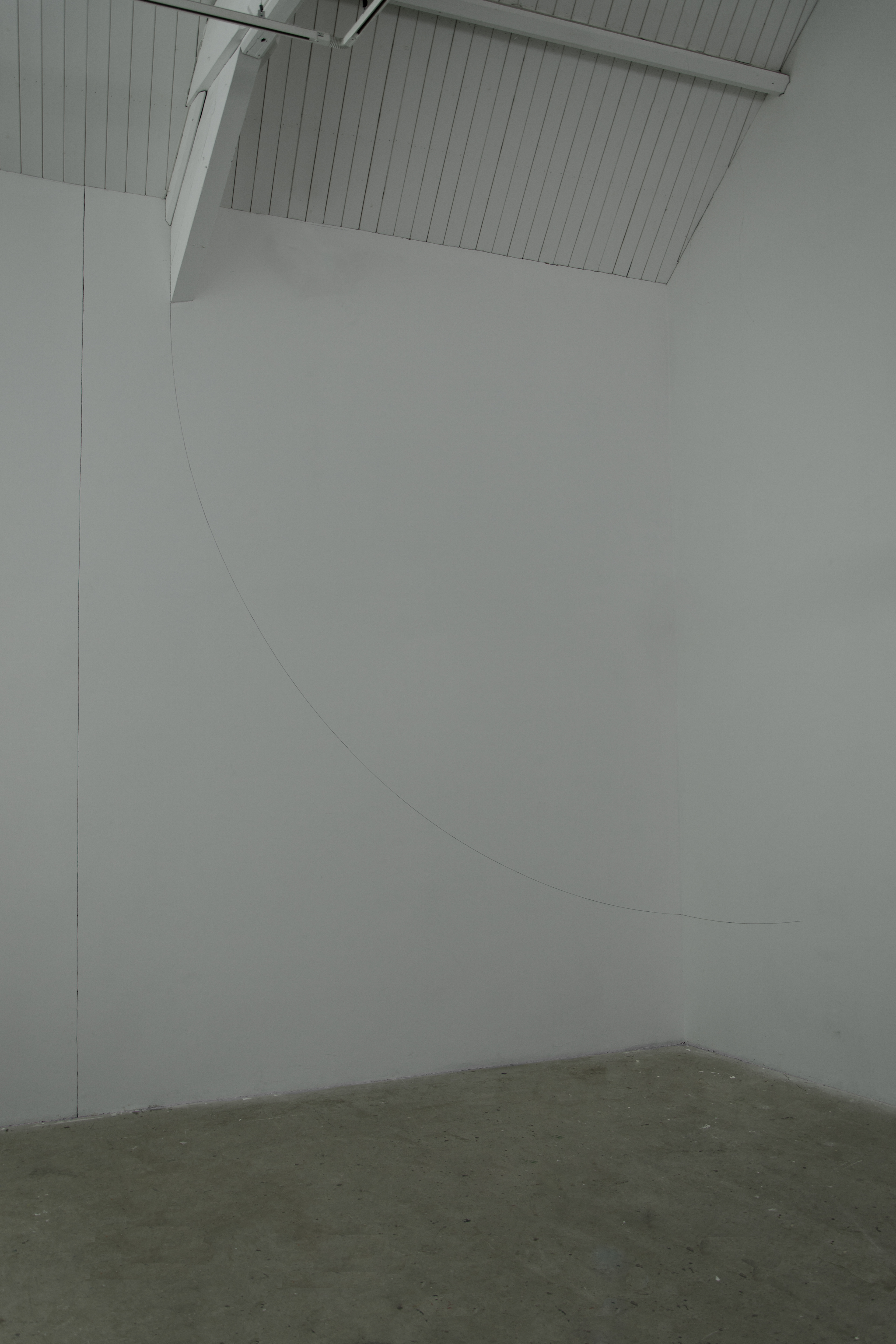
Freehand Vertical Line; Stuart Bennett, 2013; black pencil; 420cm / Constructed Curve; Stuart Bennett, 2013; black pencil; 300 × 300 × 80cm approx
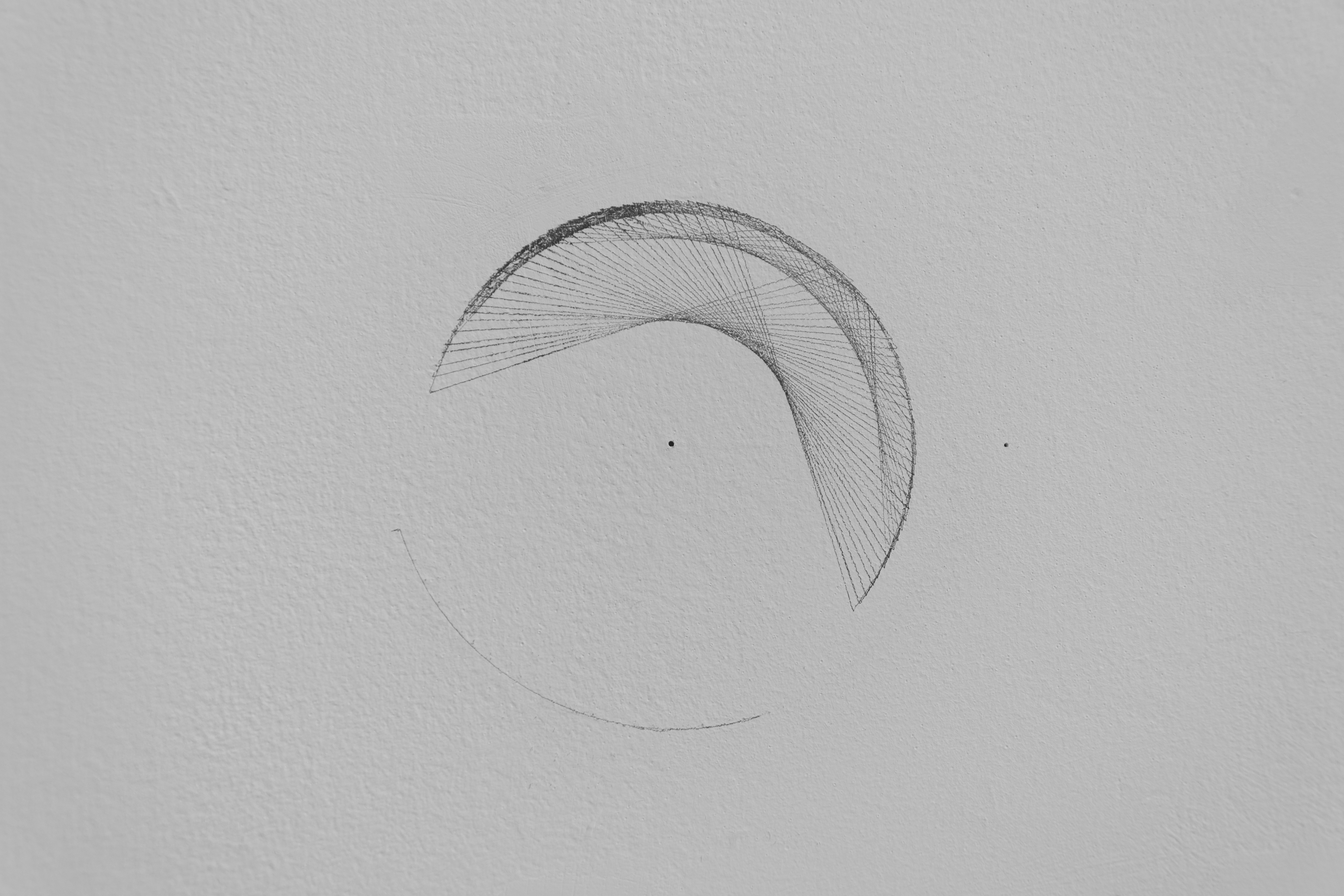
Straight Line Curve; Stuart Bennett, 2013; graphite pencil; 10 × 10cm
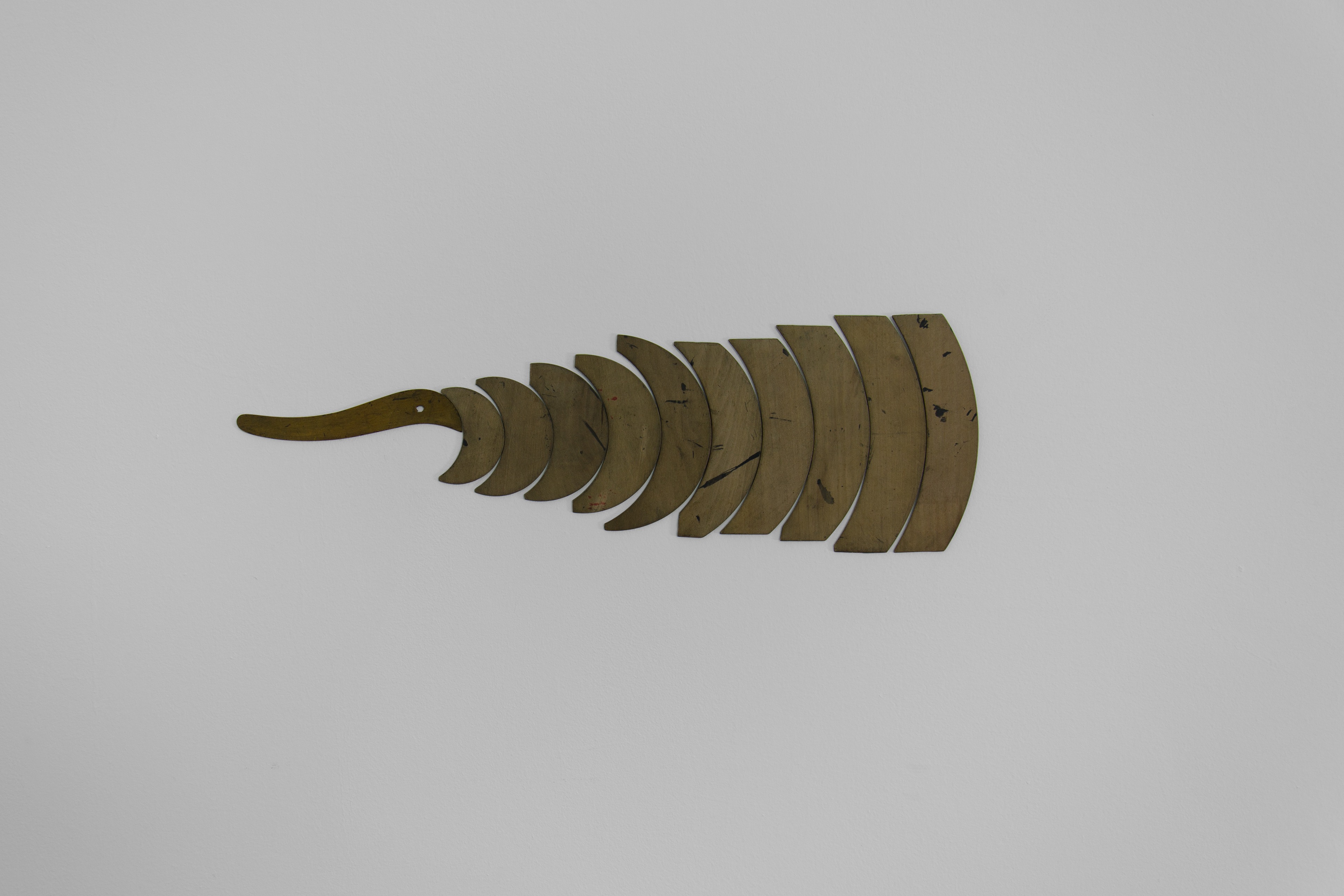
Template Drawing; Stuart Bennett, 2013; wooden templates; 15 × 37.5 × 0.2cm

Teasel and Scabious at work, February; Lyndsay Mann, 2013; projections, monitor with sound, vinyl text, silkscreen on cartridge paper; dimensions variable
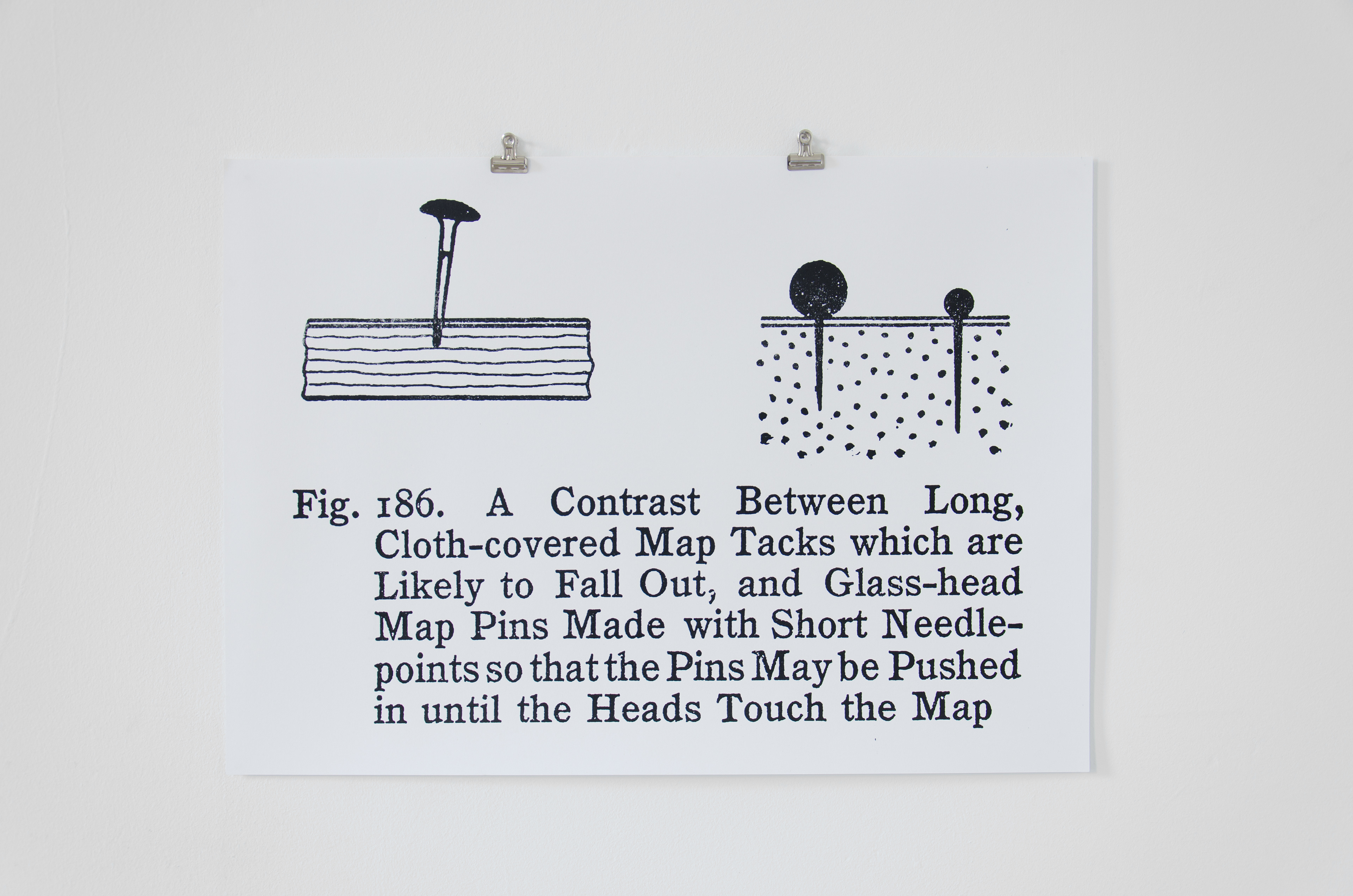
Contrast; Stuart Bennett, 2013; silkscreen on cartridge paper; 59.4 × 42cm
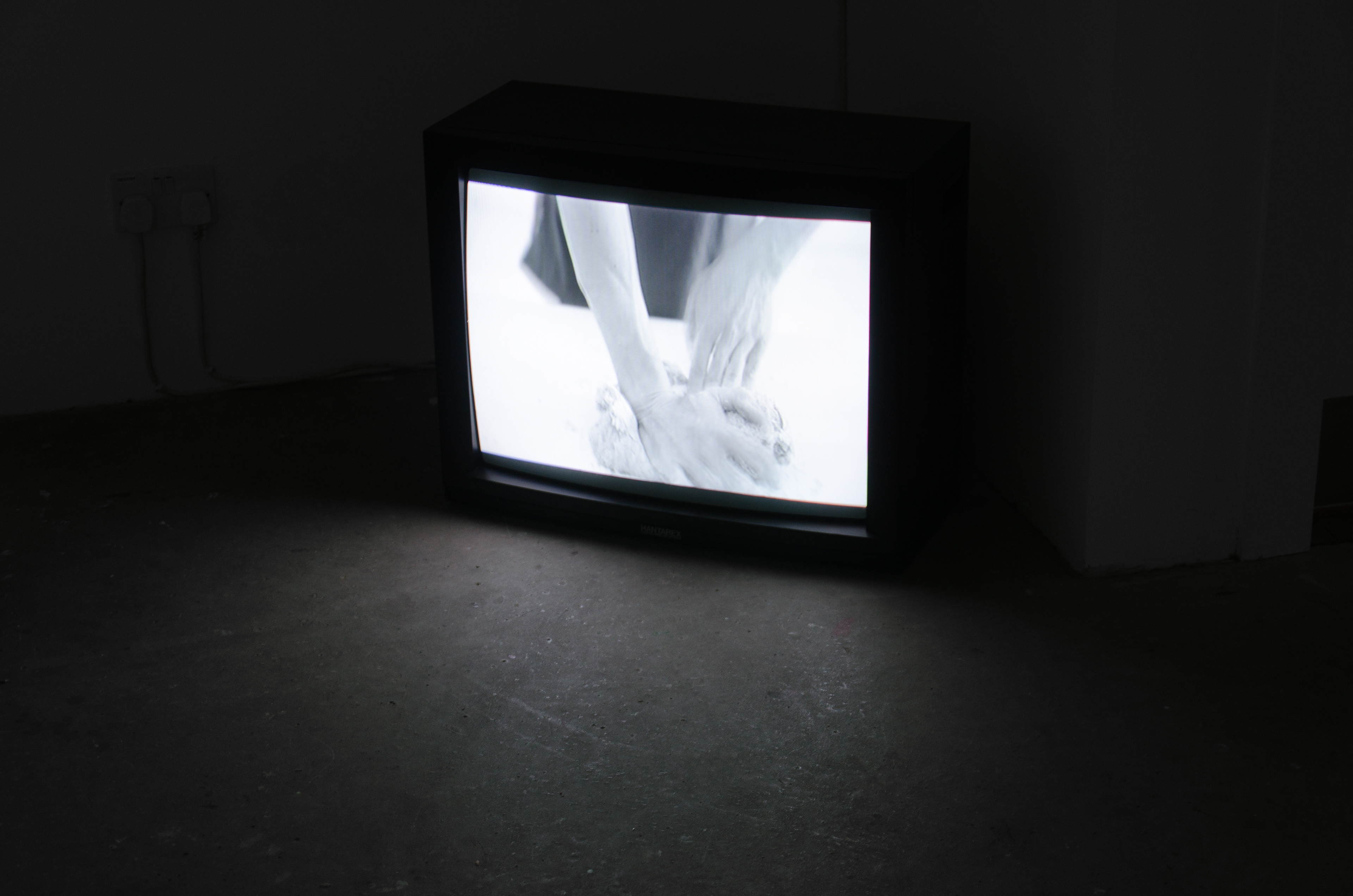
Teasel and Scabious at work, February; Lyndsay Mann, 2013; projections, monitor with sound, vinyl text, silkscreen on cartridge paper; dimensions variable
